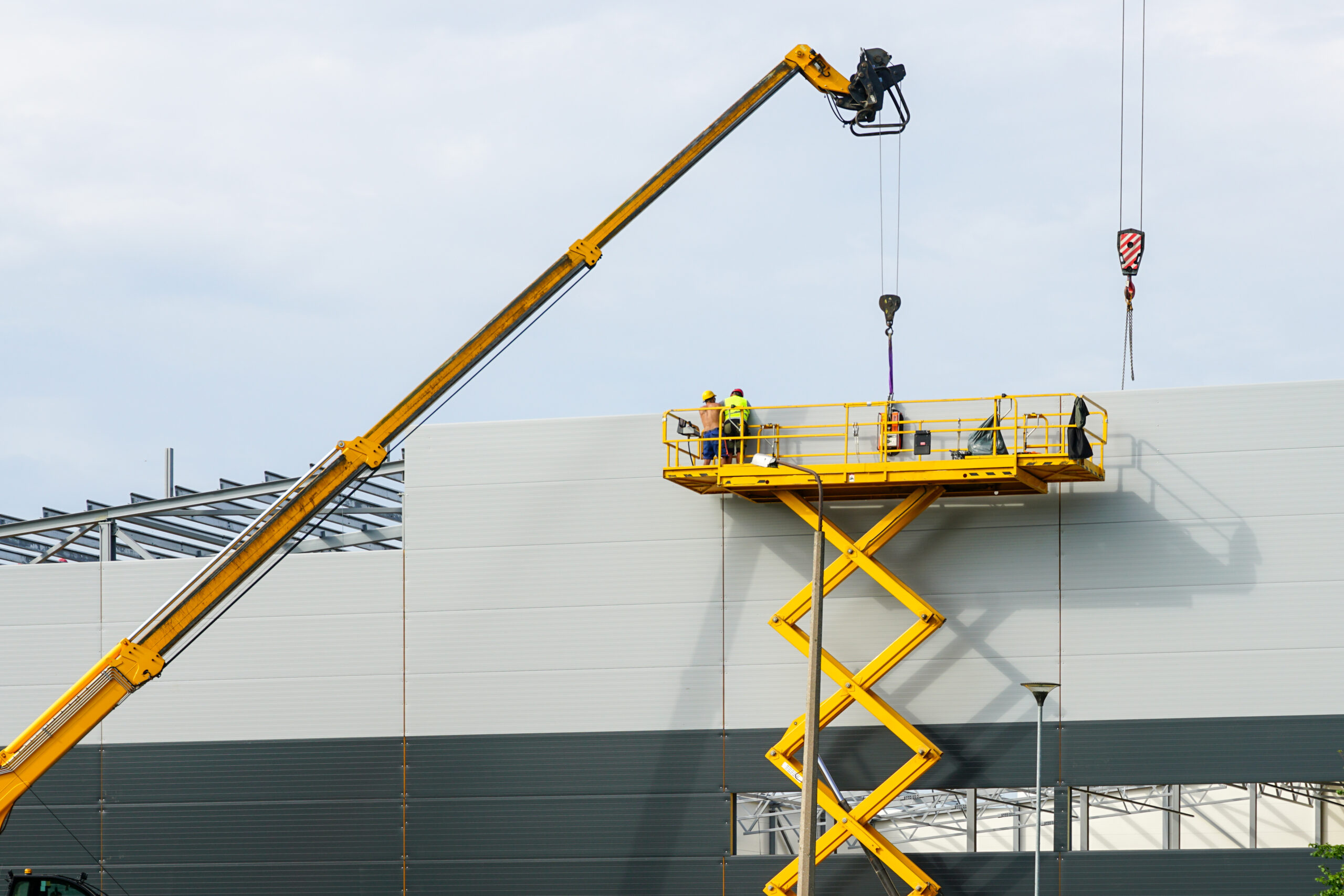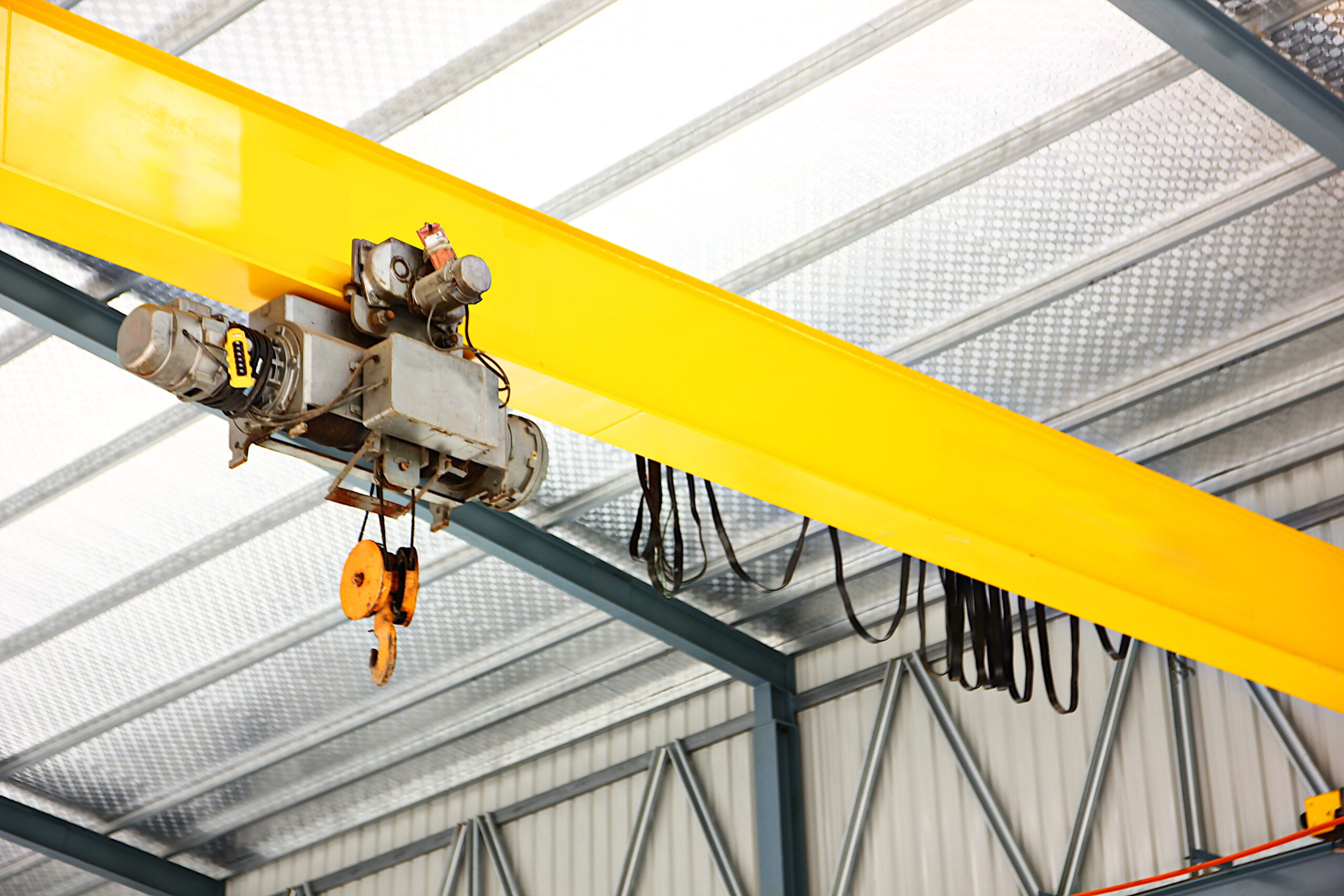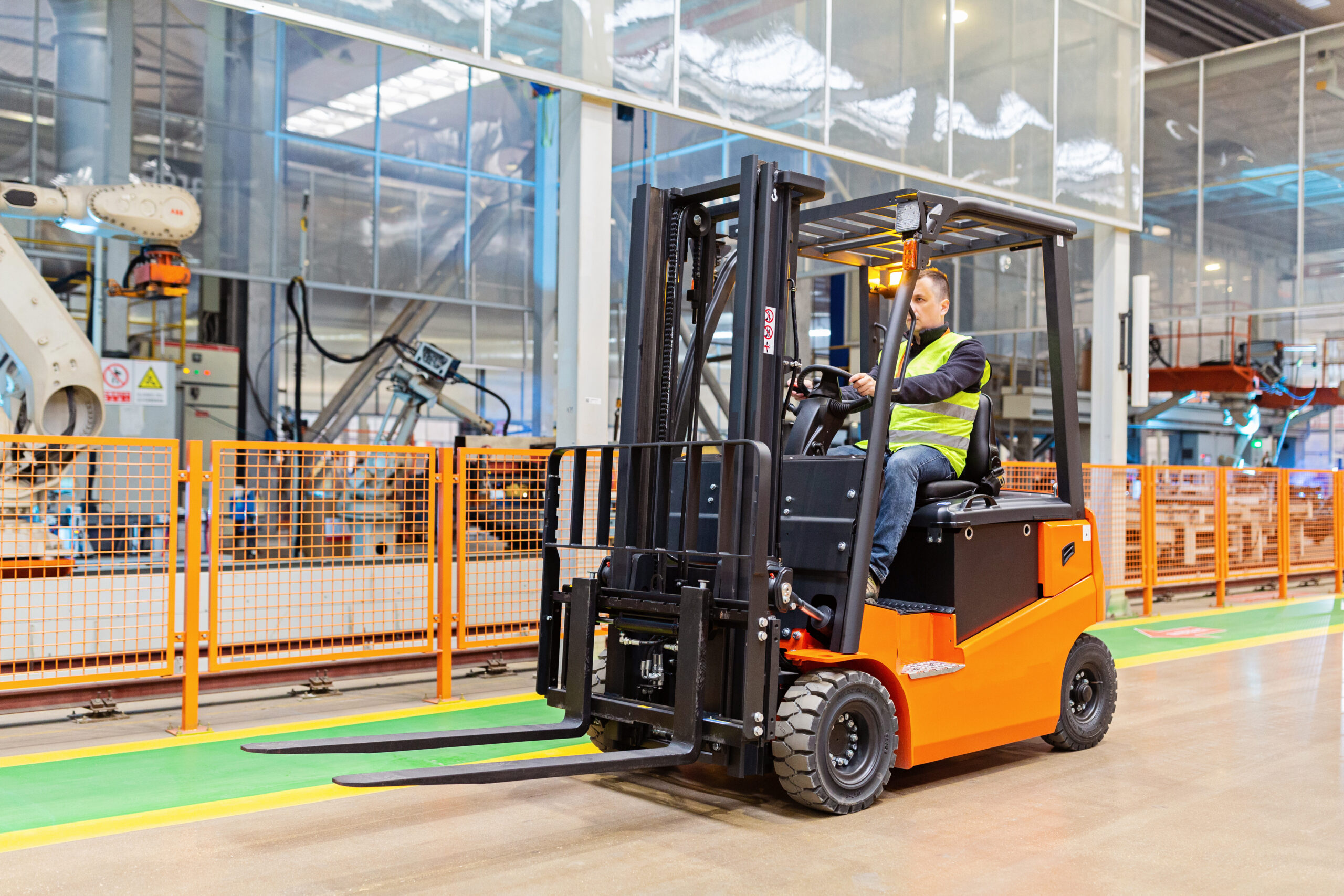
Understanding the Basics of a Crane Lift Plan
If you’ve ever stepped onto a construction site and heard conversations about a “crane lift plan,” it might have sounded complex or even overwhelming. However, knowing how to read a crane lift plan doesn’t require an engineering degree. Whether you’re a site manager, project supervisor, or simply curious about how crane operations work, understanding the crucial details of a lift plan can improve safety, communication, and the overall success of your project.
At American Erecting & Ironworks, we know that not everyone involved in a lift is a certified engineer. Our team of experts based in Racine, Wisconsin, has been serving contractors and builders for over 30 years. We believe everyone on a job site should feel informed and confident when it comes to lift planning. In this article, you’ll learn how to read a crane lift plan—step-by-step—in a straightforward and accessible way.
What Is a Crane Lift Plan?
A crane lift plan, often referred to simply as a “lift plan,” is a document that outlines the step-by-step process and safety measures for lifting a load using a crane. It includes specific details such as the type of crane, weight of the load, load radius, site conditions, and people involved. This plan helps ensure lifts are performed safely, efficiently, and within the equipment’s capabilities.
Companies like American Erecting & Ironworks use lift plans to coordinate complex lifts, making sure every detail is covered—whether it’s moving HVAC units to rooftops or positioning steel beams for a new building frame.
Why It’s Important to Understand a Lift Plan
You don’t need to operate the crane to benefit from understanding a lift plan. Here’s why grasping the fundamentals matters:
– Improved site safety
– Better communication between team members
– Increased confidence when coordinating logistics
– Fewer delays from misunderstandings or miscalculations
– Compliance with industry safety standards
At American Erecting & Ironworks, every team member is encouraged to be familiar with the crane lift plan, whether you’re managing the lift or simply part of the support crew. Knowledge is not just power—it’s protection.
Key Elements of a Crane Lift Plan
1. Load Description
This section describes what is being lifted. It includes the weight of the item, size, shape, and how the load will be rigged. For example, lifting a steel beam requires different handling than relocating a massive HVAC unit. American Erecting & Ironworks routinely handles a variety of heavy equipment and materials, so we pay close attention to proper load descriptions to prevent accidents and ensure proper balance.
2. Crane Specifications
Here you’ll find important data on the crane being used:
– Crane model and type (e.g., all-terrain, rough terrain, truck-mounted)
– Boom length and lifting capacity
– Counterweights needed for the job
The cranes from American Erecting & Ironworks are late-model and well-maintained for safety and precision. With certified NCCCO operators at the controls, the right crane matched with an accurate lift plan makes a big difference.
3. Site Conditions
The lift plan must account for the physical job site:
– Ground condition and crane positioning
– Obstructions like power lines, nearby buildings, trees
– Weather considerations (especially wind speed)
Site-specific details affect lift paths and setup. As a local business serving Racine, Kenosha, Milwaukee, and parts of Lake County, IL, American Erecting & Ironworks is well-acquainted with the unique challenges of our region. Our personalized approach ensures that your site conditions are thoughtfully integrated into every lift plan.
4. Rigging Method
How a load is attached to a crane is just as important as what’s being lifted. This section covers:
– Type of slings or shackles used
– Load attachment points
– Load center of gravity
Our skilled rigging teams at American Erecting & Ironworks use industry-trusted methods to ensure loads remain balanced and secure during every lift.
5. Lift Sequence
Lift plans also outline the step-by-step order of operations:
– Lift setup and load connection
– Crane movement and swing radius
– Set-down location and load disconnection
Everyone involved in the lift needs to follow the same playbook. That’s why the team at American Erecting & Ironworks takes the time to walk through the sequence before lifting begins.
6. Personnel and Roles
Safety isn’t just about equipment—it’s about teamwork. The plan will list everyone involved and their job titles:
– Crane operator
– Riggers
– Signal person
– Lift director or project supervisor
When you choose American Erecting & Ironworks, you’re working with experienced professionals who know their roles inside and out. Our crews are trained to communicate clearly, especially during complex or critical lifts.
How to Interpret a Lift Plan If You’re Not an Engineer
If all the charts and numbers feel like a foreign language, don’t worry—we’ll break down how you can understand a lift plan without an engineering background.
Start with the Summary
Look at the overview or summary section first. This often includes the load weight, crane type, and basic logistics. It gives you a snapshot of what’s happening.
Check the Load Path
Diagrams showing where the load is picked up and set down will help you visualize the lift. Pay attention to swing radius, obstacles, and how close workers might be during the lift.
Understand the Numbers
Key figures to look out for:
– Load weight: Should match what the crane can lift
– Radius: The distance between the load and crane’s center
– Boom length: Determines reach and height capability
These numbers are always field-verified by American Erecting & Ironworks experts before work begins.
Ask the Right Questions
You don’t need to know everything, but you should know what to ask:
– Is the crane supported on level ground?
– Is the lift within the crane’s rated capacity?
– Who is directing the lift?
Our team always encourages questions. The more dialogue, the safer the lift.
How American Erecting & Ironworks Supports Every Lift
American Erecting & Ironworks is a family-owned company with a strong reputation built over decades. Based in Racine, WI, we bring over 30 years of crane service experience to job sites across Wisconsin and parts of Illinois. Our approach is rooted in safety, clarity, and professionalism, making sure everyone involved in a lift—from engineers to newcomers—feels confident and informed.
Additional Services We Offer
In addition to crane services, American Erecting & Ironworks provides:
– Reliable equipment rental, including forklifts, telehandlers, and boom lifts
– Expert machinery moving services, with flexible scheduling for holidays and weekends
– Steel beam and column sales for local building projects
Our fleet includes modern cranes, forklifts, and tractor-trailers operated by professionals who take pride in efficient, safe service. We serve contractors, builders, and manufacturers in Racine, Kenosha, and Milwaukee counties, as well as in Lake County, IL.
Safety Culture and Training
At American Erecting & Ironworks, safety is always our top priority. We invest in regular training, updated safety certifications, and daily toolbox talks to ensure every member of our crew is prepared. Our supervisors conduct regular on-site safety audits and encourage a culture of open communication.
– Certified NCCCO crane operators
– OSHA 10/30 trained personnel
– Trained signalers and riggers
We believe that well-trained crews make for smoother, safer, and more successful lifts every time.
Customized Lift Planning
No two lifts are the same, which is why American Erecting & Ironworks customizes each crane lift plan to your specific needs. We take into account:
– Industry-specific challenges (manufacturing, HVAC, steel erection)
– Building restrictions and urban obstacles
– Environmental concerns like wind, temperature, and access issues
Our experienced project managers walk you through every step, so you and your crew understand the plan and feel confident executing it.
Final Tips for Reading a Crane Lift Plan
It’s perfectly normal to feel unsure when first reading a lift plan. By focusing on the big picture and key sections, you’ll start to gain clarity. Here’s a simple recap:
– Begin with the load details: what’s being lifted and how heavy it is
– Review the crane specs: confirm it’s built for the task
– Visualize the lift path and setup area
– Identify each crew member’s role
– Don’t hesitate to clarify numbers, drawings, or terms
When you’re working with American Erecting & Ironworks, you’re never left in the dark. Our experienced crews help make sense of every detail, because we know that good communication prevents mistakes and promotes safety.
Trust the Experts at American Erecting & Ironworks
Learning how to read a crane lift plan gives you the power to better understand the work around you, ask informed questions, and support a safer job site. Whether you’re managing the site or assisting with the lift, having a clear understanding of the plan helps everyone work more efficiently together.
American Erecting & Ironworks is proud to serve the hardworking communities of Wisconsin and beyond, offering superior crane services backed by over 30 years of experience. Let us help you plan and execute your next lift, safely and professionally.
To get started or request a quote, call us at (262) 637-7177 or visit AEAIWI.COM. Our office at 2108 Clark St, Racine, WI, is open Monday through Friday from 7:00 AM to 4:30 PM. Discover the difference experience makes at American Erecting & Ironworks—your trusted partner in crane lifts, machinery moving, and steel erection.





